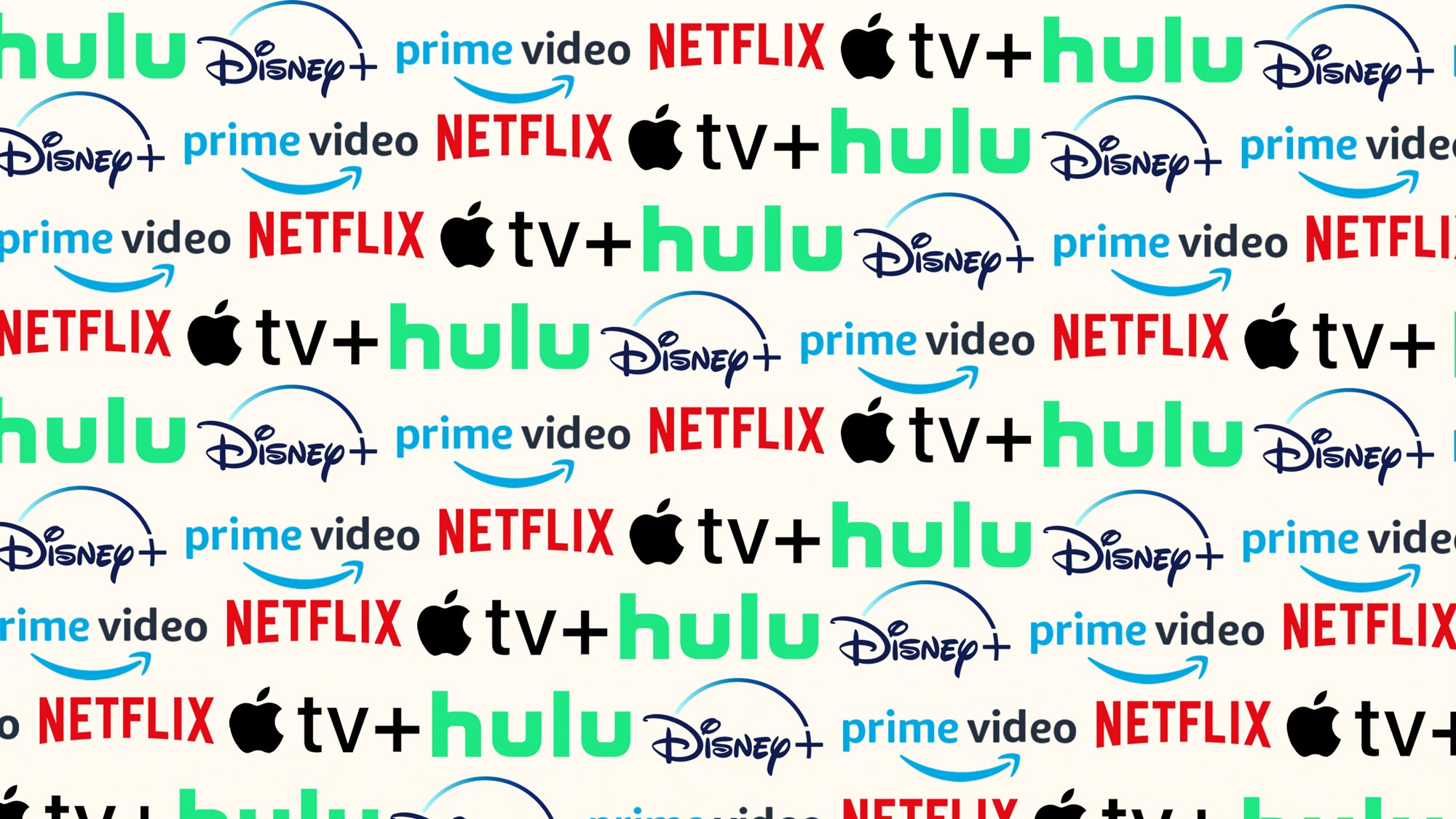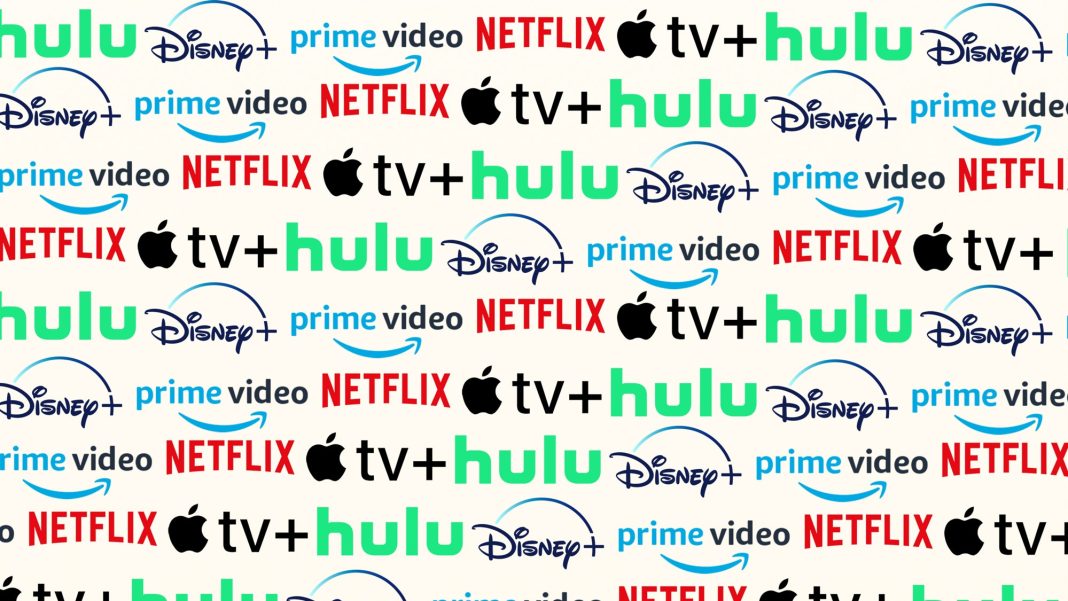 The Rise of Streaming: How Americans Embrace On-Demand Entertainment
The Rise of Streaming: How Americans Embrace On-Demand Entertainment
Streaming services have revolutionized the way Americans consume entertainment, leading to the rise of cord-cutting. This trend, in which people abandon traditional cable and satellite in favor of streaming platforms, has been driven by the flexibility and on-demand nature of these services. Today, streaming has evolved into a $670 billion business, with a new streaming service launching every year.
So, where does streaming stand in terms of popularity among the public? According to recent data, streaming services have become a mainstay for the American public, with an astounding 83 percent of U.S. households subscribing to one or more services. This represents a significant increase from 2015 when only 52 percent of households had streaming services. It’s a major shift in how people receive their entertainment.
In terms of market share, streaming dominates the landscape with 36 percent, surpassing both cable (27.9 percent) and broadcast (24.2 percent). The remaining 11.8 percent belongs to other streaming platforms. This data clearly demonstrates that streaming has become the preferred method of consuming content for a majority of Americans.
On average, Americans spend 3.6 hours per day viewing streaming content. This highlights the increasing significance of streaming services in our daily lives and the pivotal role they play in shaping our entertainment choices.
While streaming services continue to be popular, fewer households are adding to the number of subscriptions they have. Thirty-seven percent of people claim to have fewer subscriptions than they did in 2022, while 17 percent plan to maintain the same number. Only 46 percent expressed their intention to increase their subscriptions. These statistics indicate that 54 percent of subscribers are either planning to stay the same or reduce their number of streaming services.
It’s important to note that these figures reflect the aftermath of the COVID-19 lockdown when streaming services experienced a surge in popularity. As the country recovers from the pandemic, it’s natural for some individuals to reassess their subscription habits.
When it comes to the reasons why Americans enjoy streaming, original content takes the lead. Subscribers place the most value on original and exclusive shows, followed by previously aired shows and movies. Interestingly, news and sports ranked as the least favorite part of streaming for most individuals. This data aligns with the preference for entertainment and on-demand viewing that streaming services provide.
By analyzing the number of subscriptions, it’s evident that Netflix is the most popular streaming service, boasting 260.8 million subscribers. It is closely followed by Amazon Prime Video with 200 million subscribers, Disney+ with 150 million subscribers, HBO Max with 95 million subscribers, and Hulu with 48.5 million subscribers. Netflix also leads in terms of user satisfaction and enjoyment, further solidifying its position as the streaming service of choice for many Americans.
Convenience plays a significant role in the popularity of streaming services. With streaming, viewers are not tied to a broadcast or cable programming schedule. Additionally, many streaming platforms offer customization options, allowing customers to pay for the content they want to watch. Furthermore, streaming services recommend programming based on users’ viewing profiles and past choices. This level of personalization enhances the overall viewing experience.
One of the driving factors behind the widespread adoption of streaming services is their affordability compared to cable. On average, Americans pay $46 per month for streaming services, while cable subscriptions can range from $55 to $250 per month, depending on the tier. The average monthly cable bill amounts to $83. Even if consumers choose to subscribe to multiple streaming services, they still come out ahead financially. This cost analysis emphasizes the economic advantage of streaming over cable.
It’s worth noting that some streaming services offer ad-supported options at lower prices. Surprisingly, many individuals who prefer ad-free streaming do not want to watch commercials on broadcast or cable. This suggests that consumers perceive streaming services as not only more affordable but also more convenient and customizable.
Despite the undeniable popularity of streaming services, there are some complaints associated with this form of entertainment. One common grievance is the abundance of streaming platforms, resulting in content fragmentation. Users often find themselves having to subscribe to multiple services to access their desired shows. Additionally, the cost of these services continues to increase, leading some individuals to cancel subscriptions or seek bundled options. Ad-supported streaming has also emerged as an alternative for those looking for more affordable options.
Contrary to popular belief that binge-watching is primarily associated with the younger generation, data reveals that binge-watching is prevalent across all age groups. The 30- to 44-year-old demographic has the highest number of binge-watchers, with 70 percent of streaming service subscribers in this age range admitting to binge-watching their favorite programs. The 18- to 29-year-old demographic closely follows with 69 percent. Surprisingly, even the older generation, specifically those aged 65 and above, partakes in binge-watching, albeit at a slightly lower rate of 41 percent.
Looking ahead, streaming services are poised for continued growth and success. Despite some complaints, most people who subscribe to streaming services are satisfied with the experience. Streaming offers a more affordable and customizable way to access programming compared to traditional cable. As long as streaming platforms continue to provide the shows viewers want and maintain their competitive pricing, it’s likely that their popularity will only continue to rise.
In conclusion, streaming services have transformed the entertainment landscape, offering Americans more choices and flexibility in how they consume their favorite shows and movies. With the majority of U.S. households subscribing to at least one streaming service, it’s evident that streaming has become a staple in our daily lives. Whether it’s the appeal of original content, convenience, or the cost advantage over cable, streaming services are here to stay. As the industry evolves and competition intensifies, it will be interesting to see how streaming platforms adapt to meet the ever-changing demands of their subscribers.


